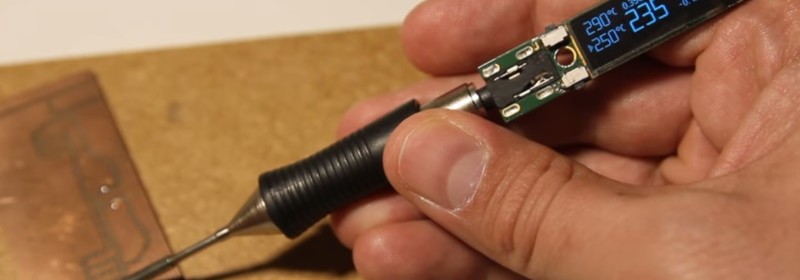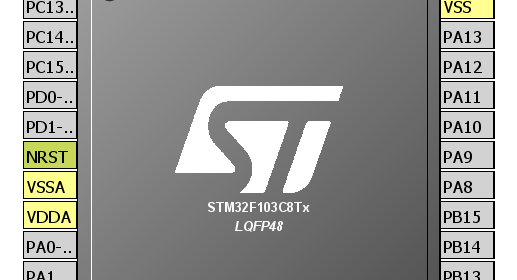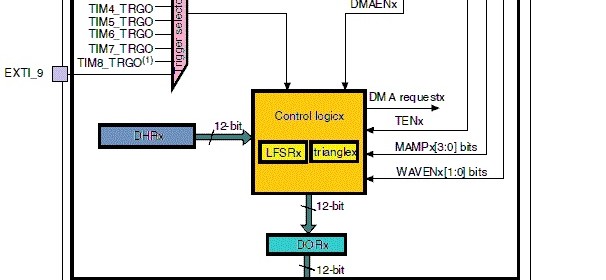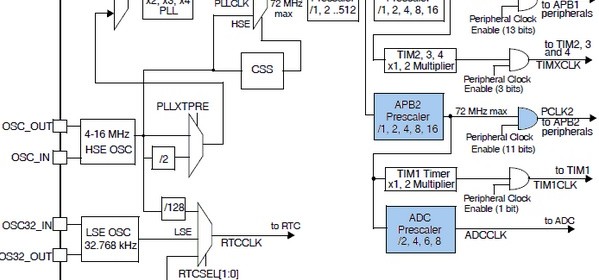OLED display for your soldering iron

This STM32F031-based OLED display for soldering iron tips is a very compact design and displays various stats like tip temperature, power consumption, supply voltage, etc. I found some projects where is used Weller soldering tips designed for WMRP soldering iron with standard 3.5mm jack and inside the tip is also thermocouple for sensing temperature. These tips are not so cheap but the quality is really great, especially for fine soldering. Hardware design is based on similar projects but with some modifications and improvements. Also my request was to make the hardware small as possible to fit into handle and capable
Read more


